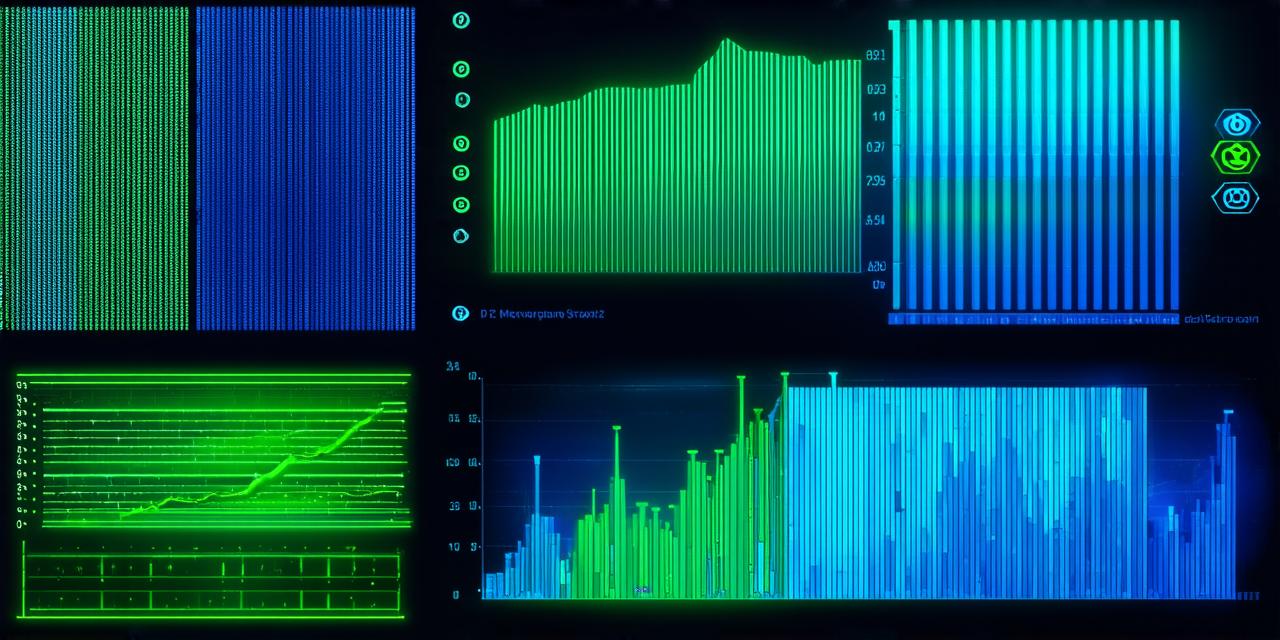What Passes Data that is Off-Chain into the Blockchain? A Comprehensive Guide for Blockchain Developers
Blockchain technology is revolutionizing the way data is stored and transmitted. It provides a decentralized, secure, and transparent platform for transactions and data sharing. However, not all data is suitable for on-chain storage.
Off-chain data can still play an essential role in blockchain systems, but it must be carefully selected and processed to ensure its compatibility with the blockchain.
What is Off-Chain Data?
Off-chain data refers to any data that is not stored or transacted on a blockchain network. This can include sensitive data such as personal identification information, financial records, and medical records, as well as large amounts of data that do not need the level of security provided by a blockchain.
Off-chain data can be stored in various forms, including databases, file systems, and cloud storage services. It is accessed and transmitted through APIs (Application Programming Interfaces), which enable different software applications to communicate with each other.
Why Off-Chain Data is Necessary for Blockchain Systems
Blockchains are designed to store and manage data securely, transparently, and immutably. However, they have some limitations when it comes to handling large amounts of data or sensitive information that does not need the level of security provided by a blockchain.
Off-chain data can be used to supplement on-chain data, allowing developers to take advantage of the benefits of both worlds. For example, a company may store customer identification documents off-chain and only use the blockchain to store transactional data. This approach can help reduce the storage costs associated with on-chain networks while still ensuring that sensitive data is protected.
Additionally, off-chain data can be used to improve the performance of blockchain systems by reducing the amount of data that needs to be stored and transacted on the blockchain itself. This can lead to faster transaction times and lower fees for users.
How Off-Chain Data is Passed into the Blockchain

There are several ways in which off-chain data can be passed into a blockchain network. Some of the most common methods include:
- API Integration: APIs allow different software applications to communicate with each other, enabling them to exchange data seamlessly. By integrating an API from an off-chain data source with a blockchain network, developers can automatically transfer data between the two systems as needed.
- Data Ingestion: Data ingestion involves manually uploading data from an off-chain source into the blockchain network. This can be done through a web interface or API, depending on the specific requirements of the system.
- Data Migration: Data migration involves transferring data from an off-chain source to a blockchain network. This can be done through various methods, including manual uploads, automated scripts, or dedicated software tools.
Challenges Faced by Developers when Integrating Off-Chain Data with On-Chain Networks
While integrating off-chain data with on-chain networks can provide significant benefits, there are also several challenges that developers must overcome. Some of the most common challenges include:
- Security and Privacy Concerns: Off-chain data may contain sensitive information that needs to be protected from unauthorized access or theft.
- Scalability Issues: As the amount of off-chain data increases, it can become difficult to manage and process this data efficiently without affecting the performance of the blockchain network.
- Interoperability Challenges: Different blockchain networks may have different APIs or data formats, making it challenging to integrate off-chain data from multiple sources into a single blockchain network.
